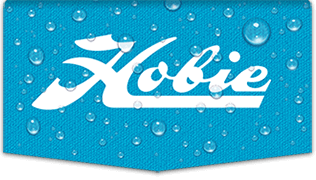I hope no one minds that I revive this four month old topic; I've got hull leaks

and need a bit more assistance.
I leak-checked my 1998 18 today, and discovered that I have bubbles coming up around the front portholes and front crossbars on both hulls. The hulls themselves are solid; no stress cracks visible topside, and no softspots. I see from the below posts that regarding the front crossbar, the breather hole is the probable culprit. Tell me, I'm not quite sure where to find this hole to check/ fix it. Can someone point me in the right direction?
With that said, what would you suggest is the best way to address the crossbar leak? I assume the breather hole is there for a purpose and should remain patent. Tell me, maybe bubbles coming up around the crossbar are
normal because of this breather hole? Hmm, is there a breather hole for the rear crossbar; no leaks there.
Regarding the porthole leak, I see the suggestion below to remove the portholes and then reinsert with a gasket. That sound like an ok idea, but I assume that the rivets would then be replaced with screws, yes? Wouldn't it be easier to simply caulk around the perimeter of the porthole on the inside of the hull with marine-grade Goop? I'm scared to death to drill out the rivets -- sounds like major surgery to me with potential for even greater problems!

Thanks for your thoughts.






